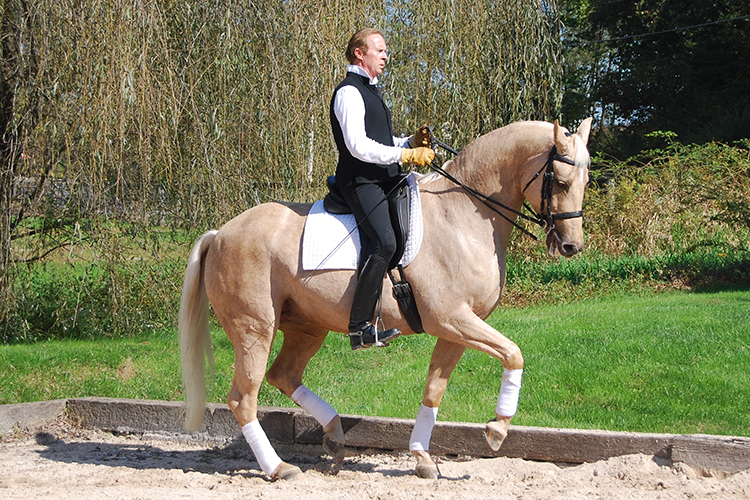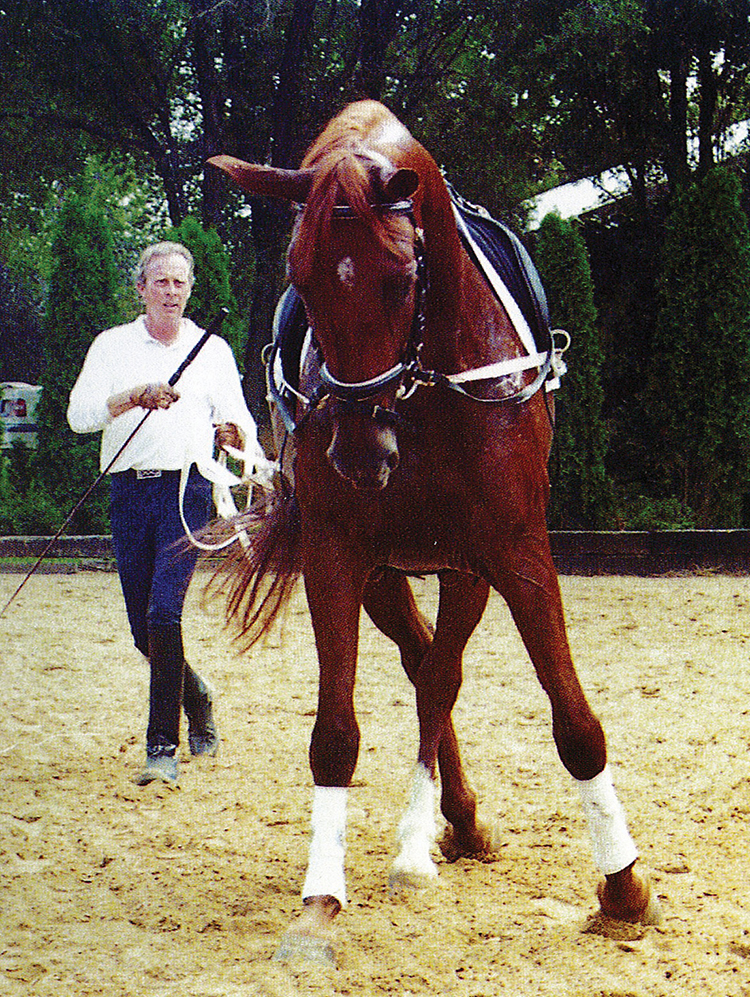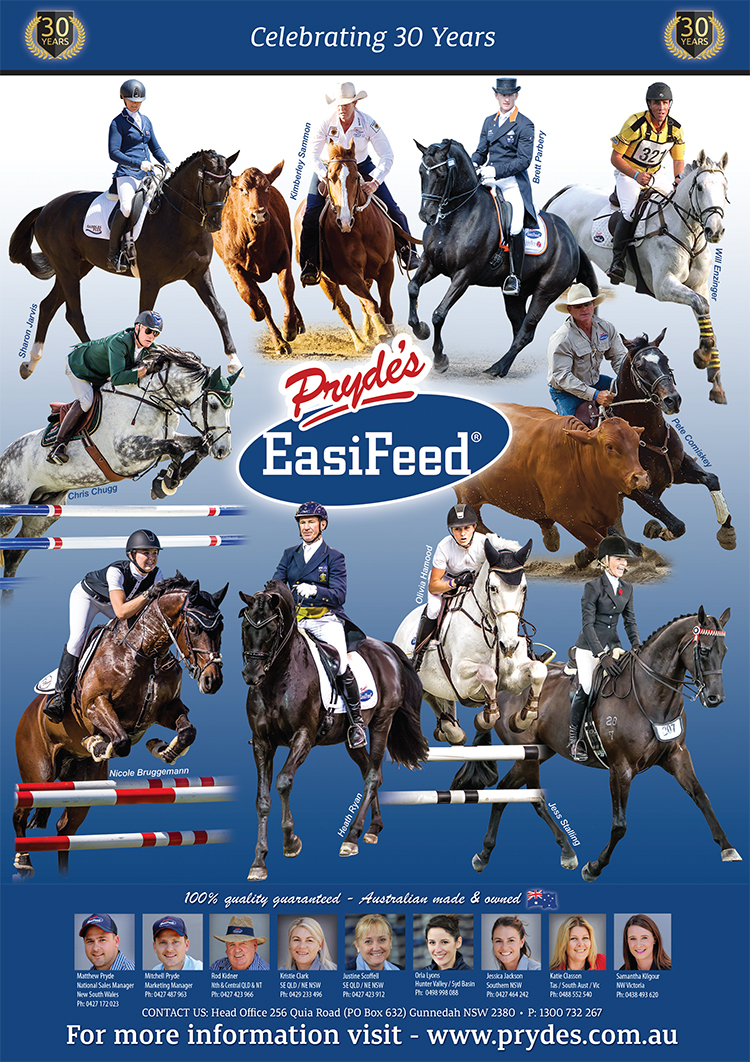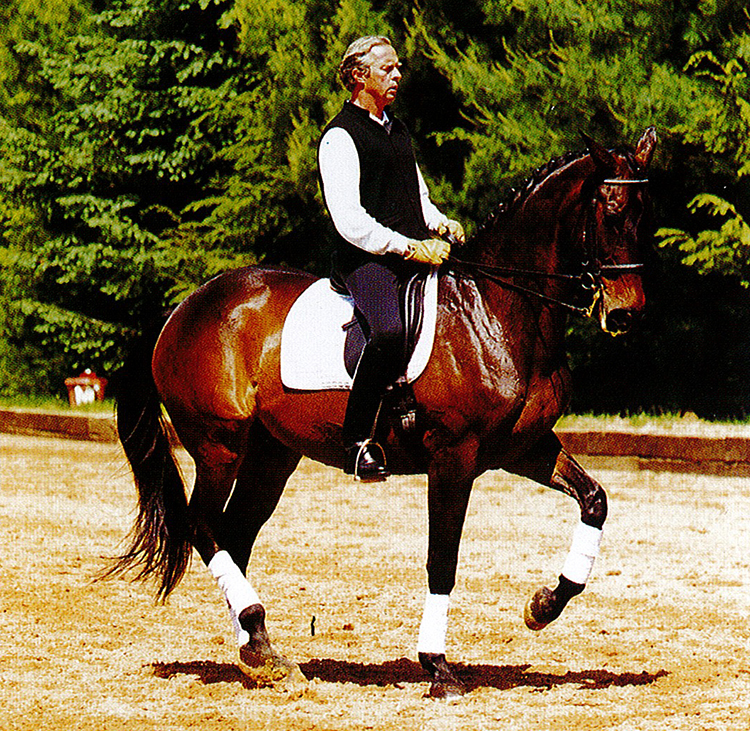An interview with Christopher Hector
Back in 1992, Richard Weis interviewed Paul Belasik – and you will find that interview in this magazine. I thought to introduce Paul’s new series of articles, it might be an idea to catch up with him, and find out what his motivation was in preparing the new series…
“The biggest thing was my concern with the ongoing obsession with the front end of the horse, particularly in competition, but also outside of competition. The result is hollow backed horses that are increasingly disengaged behind. It was a phenomenon which I thought would pass by now, but it seems like it is only gaining more and more strength.”
“I have always had an interest in classical riding and I find this phenomenon interesting because it is so contrary to all the classical principles that have gone before. Even quite accomplished riders seem to be falling into this track.”
“I can give you clear examples of old engravings, and the horses are always sitting, and coming under themselves, preparing for airs above the ground, and so forth.”
“That was my real concern, this obsession with the front end of horses, these days – and hollow backs and disengaged hind ends.” (article continues below)
Why is it such a problem – when you do it right, it is easier for both man and beast…
“I think because it is difficult. I think a lot of riders wait too long, they don’t realise that this training has to start fairly early in a young horse’s career, even three and four year olds have to start working on transitions so that they are building up their back muscles, so they can get their hind end under. You have to develop those muscles, you can’t just say one day, okay, now the horse must be ready to collect. Some horses are close coupled, short backed and well balanced, and they might find it easier to come under, but horses that are longer can find it really difficult. It’s not the easiest thing to do, to train these horses to come under on command, and carry weight. You have to learn it from someone, you have to understand how to do it and what exercises you need to go about it.”
“When it is done correctly it is just like good position, good posture, it is going to enhance the performance and the horse will feel better – but in the beginning it’s like learning to dance well, it’s not the easiest thing in the world for everybody. I think it is just a matter of difficulty.” (article continues below)
Your first book, Riding Towards the Light, came out over 20 years ago, has the world of dressage got better or worse in that time?
“That’s a tough question because all we see is the press concentrating on a few superstar athletes and we don’t get to see what people are doing on the sidelines. Take for example Dr Hilary Clayton, she has been tirelessly working on trying to refine basic things of anatomy and movement and biomechanics – she gets a certain amount of publicity, but there are a lot of people working like this that aren’t getting the credit they deserve. What we see, on the inter-net or whatever, is just what is popular, so I don’t think we can really tell if we are improving or not.”
“I think at the competitive level, although you can see some outstanding horses, I think a lot of it is not improving. I will say I was very impressed with Carl Hester’s work and Charlotte Dujardin and Valegro, because I thought this was going to be a big change. Here was a horse that was clearly going in the right direction: uphill, coming under and so forth, but maybe that was just a fluke, and we are back to hollow horses with exaggerated front ends, again. I’m not sure if it is getting better or worse.”
On a personal level do you still look forward to saddling up a horse each day?
“Very much so. Maybe there is something wrong with me but I still get nervous excitement about training some new young horse, or some interesting problem – I think about it at night before I go to sleep. Yeah, it still totally engages me, I’m completely captivated by it still.”
“I teach lessons and do clinics. I try not to do too many clinics, just say, two a month because I like to be home a lot. We have a lot of horses in training here. I ride maybe six or seven a day, we have several riders here who also ride, probably there are twenty horses in training that are ridden every day here. And the lessons go on top of that. We start at about 7.30, ride to about 2.00, break for lunch and I’ll come back and give some lessons. We usually try to wrap it up by six. That’s what an average day looks like.”






